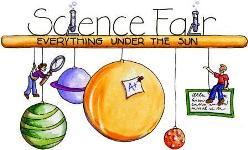





Published on Sep 05, 2023
The objective:
For our project we decided to test turbidity where the vegetation along the banks is different. We tested turbidity where the banks were sandy, rocky, and grassy. We used a turbidmeter to test the fifteen samples of turbidity we had taken. We thought the turbidity would be highest where it was sandy and lowest where it was rocky. Our results turned out to be the exact opposite of what we guessed.
1. Turbidity Meter
2. River
3. Data Table
4. Testing Tubes
5. Galoshes
During sunny weather the average of the grassy spot was 15, the rocky spot was 15.5 and the sandy spot was 12.25. We decided not to add the turbidity tests into the average when it was raining because would throw the whole average off.
During the rain the grassy spot was 647. As you can see, there was a huge change in turbidity when the weather changes. In our graphs we averaged the four samples during the sunny weather, and in our other graph we took the turbidity sample from the rainy weather.
From doing this project we have concluded that there is more turbidity where it is rocky. Therefore, our hypothesis was wrong. We guessed the rocky area would have the least amount of turbidity.
If we were to do this project again, we would test turbidity when the weather is different. As you can see from our graphs, there would be a drastic change in turbidity when the weather changes.
We would test turbidity when it is raining, windy, and sunny. We think it would be fun to test turbidity in different weathers and compare them. One thing we could have done better was test turbidity in similar weather conditions. We both very much enjoyed doing this project.
This project tested turbidity.